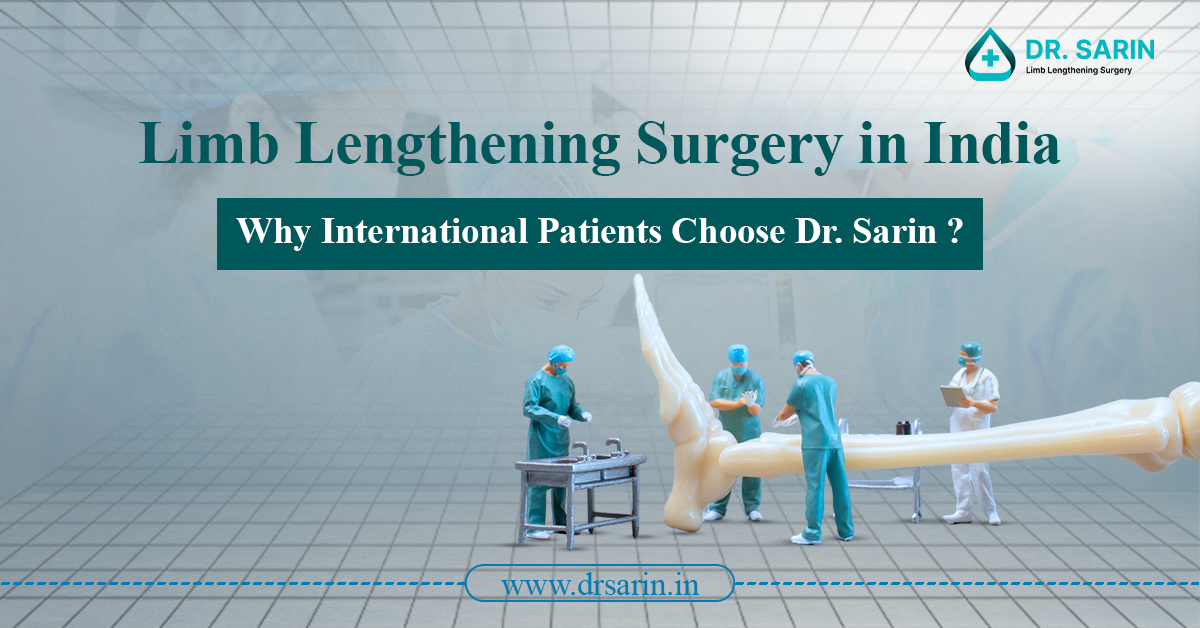Limb lengthening surgery using an internal lengthening device is a sophisticated procedure designed to address various orthopedic conditions and improve the quality of life for individuals with limb length discrepancies. Here’s everything you need to know about this innovative approach:
Why Is Limb Lengthening Surgery With an Internal Lengthening Device Done?
This surgery with an internal lengthening device is typically performed to correct limb length inequalities resulting from congenital conditions, trauma, infections, or skeletal deformities. This procedure aims to restore symmetry and function to the limbs, alleviate pain, improve mobility, and enhance overall physical appearance.
What Is an Internal Lengthening Device?
An internal lengthening device, also known as an intramedullary nail or implant, is a specialized orthopedic device surgically implanted inside the bone to facilitate controlled limb lengthening. These devices consist of telescopic rods, screws, and locking mechanisms that allow gradual distraction of the bone segments, promoting new bone formation and lengthening over time.
What Happens During Limb Lengthening Surgery?
During surgery, the orthopedic surgeon makes precise incisions to access the affected bone. The internal lengthening device is then inserted into the bone marrow cavity and secured in place with screws or pins. Once the device is in position, the surgeon initiates the distraction process by activating the lengthening mechanism within the device. Over several weeks to months, the bone gradually elongates as new bone tissue forms in the gap created by the distraction.
How Should We Prepare for Limb Lengthening Surgery?
Before undergoing surgery, patients undergo a comprehensive evaluation to assess their overall health and suitability for the procedure. This evaluation may include a medical history review, physical examinations, imaging studies (such as X-rays or MRI scans), and consultations with orthopedic specialists. Patients may also receive preoperative instructions regarding lifestyle modifications, medication adjustments, and postoperative care preparations.
What Else Should I Know?
While surgery with an internal lengthening device offers significant benefits, it’s essential to understand that the process requires patience, dedication, and meticulous postoperative care. Following surgery, patients undergo a period of distraction and consolidation, during which they must adhere to a prescribed regimen of physical therapy, rehabilitation exercises, and regular follow-up appointments with their orthopedic team. Additionally, potential risks and complications associated with the procedure, such as infection, nerve injury, or device malfunction, should be discussed thoroughly with the surgical team prior to surgery.
In conclusion, This surgery with an internal lengthening device represents a remarkable advancement in orthopedic medicine, offering a safe and effective solution for correcting limb length inequalities and enhancing functional outcomes. By understanding the purpose of the procedure, the role of internal lengthening devices, the surgical process, and the importance of preparation and postoperative care, patients can make informed decisions and achieve successful outcomes in their journey toward improved limb function and quality of life.




